

Helxine (Soleirolia sp.) is a cute carpet-forming plant that grows both indoors and in the garden. Sometimes it’s called Angel’s tears or Baby tears.
Key facts for Helxine:
Name – Soleirolia
Family – Urticaceae
Type – creeping perennial
Height – 2 to 4 inches (5 to 10 cm)
Exposure – part sun, shade
Soil: light, humus-rich – Foliage: evergreen
For helxine, plant indifferently in either spring or fall. It grows just as well in the ground as it does in pots on a terrace or balcony.
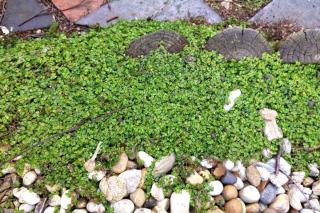 Helxine shouldn’t normally survive temperatures lower than 15°F (-10°C) in winter, but worry not, it’ll sprout back from the root in spring.
Helxine shouldn’t normally survive temperatures lower than 15°F (-10°C) in winter, but worry not, it’ll sprout back from the root in spring.
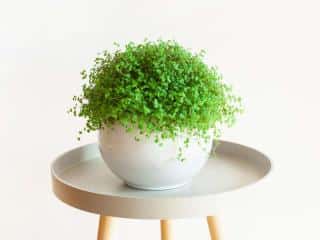 Helxine will also do fine as an indoor plant, as long as these few conditions are met:
Helxine will also do fine as an indoor plant, as long as these few conditions are met:
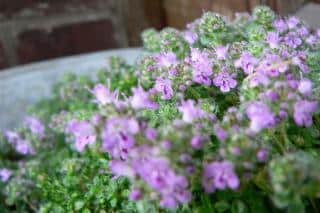 A very easy plant to multiply, you simply split the clump of helxine into as many plants as you want in spring.
A very easy plant to multiply, you simply split the clump of helxine into as many plants as you want in spring.
Once it has settled in well, you won’t need to care for it at all. It’ll self-propagate and spread as months and years come and go. A few tips will help you grow a particularly lush and long-living plant. Here are our techniques to spur nice growth for your helxine in every season:
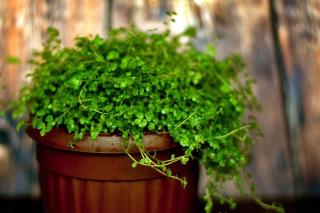 Water regularly over the first year, and then only in case of prolonged dry spell or heat wave.
Water regularly over the first year, and then only in case of prolonged dry spell or heat wave.This is definitely an extremely resistant plant, since there are no known parasites or diseases…
Helxine hails from the western shores of the Mediterranean, Corsica and Sardinia. It has adapted perfectly well to climates that aren’t as mild further north.
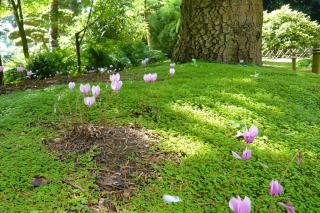
Helxine is part of same family as nettle and the fascinating Pilea houseplant. Its covering properties are such that many people plant this ground cover plant instead of grass for their lawn. This neat-looking plant pleases many owners of Japanese-style Zen gardens, too.
It loves shade, but if you grow it indoors it does need sufficient light to grow and spread.
Would helxine be a good ground cover plant in raised vegetable beds?
I am thinking preventing bare soil water loss to evaporation, soil splashing on the vegetables with diseases and soil erosion, attracting pollinators, weed suppression, and looking more luxuriant than just bare soil.
It would be a great idea, with one point of caution: for young vegetable seedlings, you’ll need to clear it out from around the sprout. Otherwise the helxine would crowd it out at that young stage. Also, don’t plant it with low-growing veggies like radish, they’d just keep competing for light. Other than that, it’s infinitely better than just bare soil!
Thank you for your prompt reply, Gaspard.
Yes, small plants would have a short cardboard cylinder at helxine height to protect them till they got established.
Other potential benefits of the helxine as living mulch might be:
Helping to regulate soil temperature.
Making it more difficult for slugs to get at the vegetables.
That’s very true! Living mulch is one of the best options for growing things and helxine is particularly well suited for that.